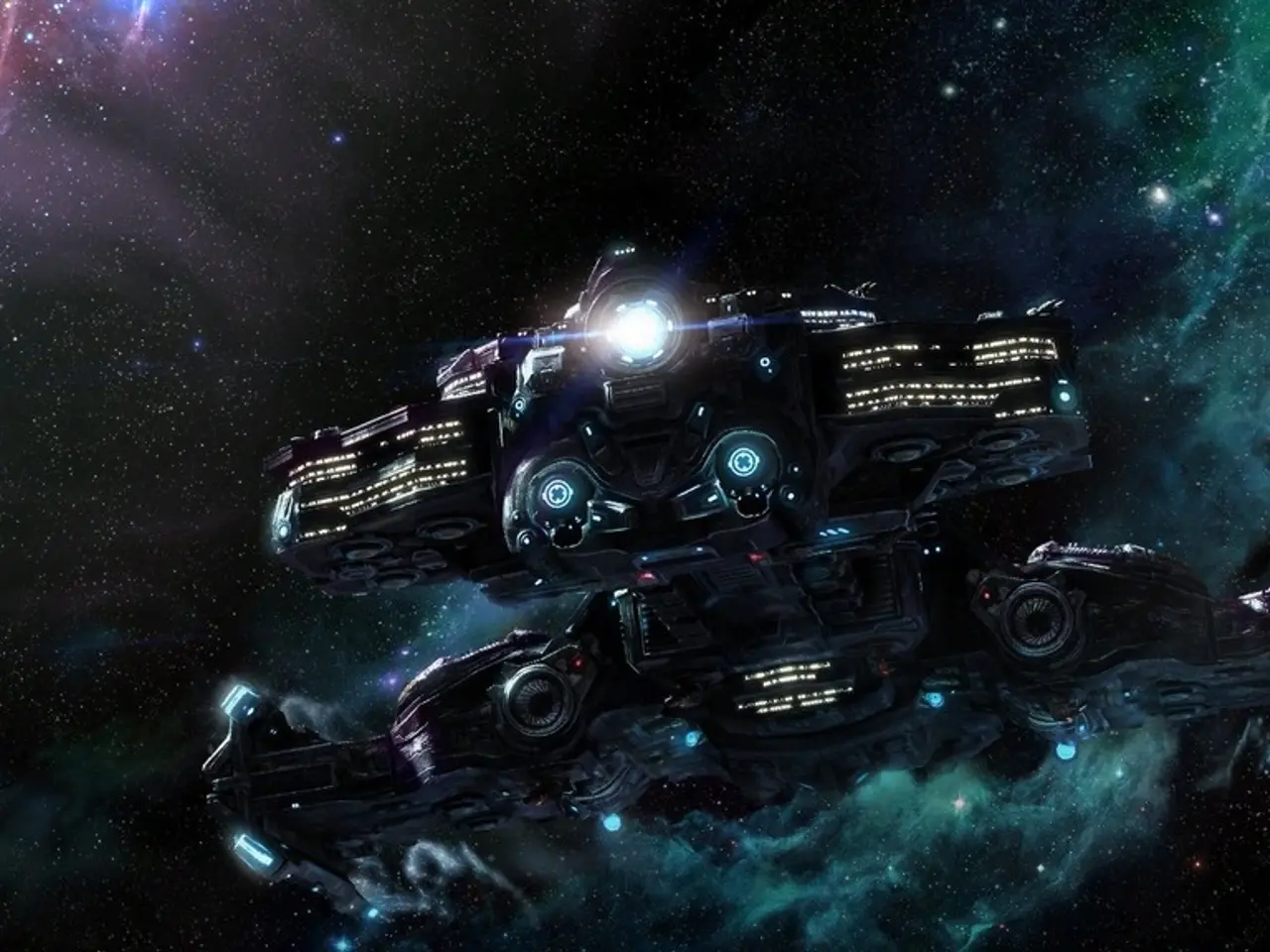Test Your Knowledge: Sci-Fi Movie Trivia – Are You an Expert on Your Favorite Films?
The Evolution of Science Fiction: From Ancient Roots to Modern Marvels
The origins of science fiction can be traced back to ancient times, with early speculative tales dating as far back as the 2nd century AD. However, it wasn't until the late 19th and early 20th centuries that the genre began to take recognizable form, thanks to visionaries like Jules Verne and H.G. Wells.
Verne's 20,000 Leagues Under the Sea and Wells's speculative fiction combined scientific ideas with imaginative storytelling, paving the way for the genre's development. Science fiction as a distinct genre matured during the early 20th century, particularly in American pulp magazines. The “space opera” subgenre emerged in the late 1920s and 1930s, with E.E. “Doc” Smith’s The Skylark of Space (1928) often cited as the first major work in this style, blending space travel and planetary romance.
The genre entered its so-called Golden Age in the late 1930s through the 1940s, marked by increasing scientific literacy and cultural shifts post-World War II. Influential editors like John W. Campbell shaped this period by encouraging stories with scientific rigor and imagination. This era established many of the classic themes and motifs still seen in science fiction today.
Over time, science fiction evolved from short pulp stories focusing on spectacle and adventure to more nuanced novels exploring complex social, political, and philosophical themes. By the 1950s and 1960s, the market shifted towards longer, more ambitious novels, such as Robert Heinlein’s Stranger in a Strange Land (1961), which engaged with controversial and sophisticated topics, marking science fiction’s expanded literary ambition and mainstream acceptance.
Fritz Lang's "Metropolis" showcased unheard-of special effects and sets, beginning science fiction's visual storytelling journey. Today, sci-fi films provide an immersive experience with visually stunning effects and groundbreaking technologies. They transport viewers to new realms with captivating narratives, stimulate curiosity, challenge conventional thinking, and elicit a wide range of emotions, from thrilling action to heart-warming moments.
Sci-fi movies are a great way to learn about things like AI, genetic engineering, and dystopias. Paying attention to small details in movies can improve the viewing experience and make one appreciate the filmmakers' work. The 1977 "Star Wars" revolutionized filmmaking with its imaginative world-building and visual effects.
Sci-fi movies present scenarios beyond our current reality, encouraging us to contemplate the potential of science and technology. They often give viewers a glimpse of alternative realities and make them question their place in the universe, as Roger Ebert, a renowned film critic, once said. Sci-fi films are not just about aliens or spaceships; they are about possibilities.
Sci-fi movie quizzes are a fun way to test one's knowledge about science fiction films. These trivia games can be played online, in events, or with friends. They provide an enjoyable challenge for fans of the genre, and can be a great way to engage with the rich history and diversity of science fiction.
In conclusion, science fiction has come a long way since its ancient roots, evolving through 19th-century proto-science fiction, matured in early 20th-century pulp magazines, and blossomed into a major literary genre by mid-century. The genre continually expands its thematic range and cultural significance, offering viewers a unique and thought-provoking cinematic experience.
References:
- The Skylark of Space by E.E. "Doc" Smith (1928)
- Astounding Stories (1930-1950), a science fiction magazine edited by John W. Campbell
- Stranger in a Strange Land by Robert A. Heinlein (1961)
- 20,000 Leagues Under the Sea by Jules Verne (1870)
- The Time Machine by H.G. Wells (1895)
- Science fiction films offer insights into various scientific concepts and technological advancements, like AI and genetic engineering, as seen in movies such as Star Wars.
- The media's portrayal of sci-fi and fantasy often raises data issues related to representation and stereotypes, while also providing us with captivating entertainments such as movies-and-tv series like Stranger in a Strange Land and Metropolis.
- Sci-fi and fantasy entertainment, SFF for short, continues to evolve, presenting us with a wide range of complex themes and alternative realities that encourage us to question our place in the universe, much like the ancient protoscience fiction tales did thousands of years ago.








